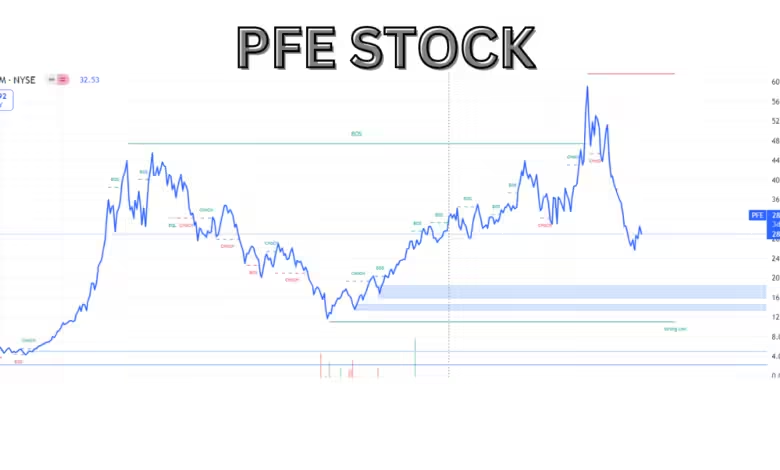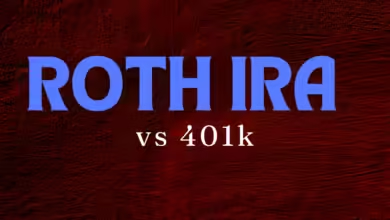Understanding PFE Stock: A Comprehensive Guide for Investors

Investing in the stock market can be a daunting task, especially when it comes to choosing the right stocks. Among the myriad of options available, Pfizer Inc. (PFE) stands out as a robust choice, particularly for those interested in the pharmaceutical sector. But what makes PFE stock so attractive to investors? In this guide, we’ll explore the ins and outs of Pfizer’s stock, providing you with the knowledge you need to make informed investment decisions.
The History of Pfizer Inc.
Origins and Early Years
Pfizer Inc. has a rich history that dates back to 1849 when it was founded by cousins Charles Pfizer and Charles Erhart in Brooklyn, New York. Initially, the company focused on producing chemicals, but it soon expanded into pharmaceuticals, laying the groundwork for what would become one of the largest pharmaceutical companies in the world.
Key Milestones in Pfizer’s Growth
Over the decades, Pfizer has achieved numerous milestones that have solidified its position in the industry. From the development of penicillin during World War II to the recent success of its COVID-19 vaccine, Pfizer’s history is marked by innovation and growth. These milestones have played a significant role in shaping the company’s stock performance over the years.
Understanding PFE Stock
What PFE Stock Represents
When you invest in PFE stock, you’re essentially buying a piece of Pfizer Inc. As a shareholder, you own a fraction of the company and are entitled to a portion of its profits, typically in the form of dividends. PFE stock is traded on the New York Stock Exchange (NYSE) under the ticker symbol “PFE.”
How PFE Stock Is Traded
PFE stock is traded like any other stock on the NYSE. Investors can buy and sell shares during regular trading hours, and the stock’s price fluctuates based on various factors, including market conditions, company performance, and broader economic trends.
PFE Stock Performance Over the Years
Historical Performance Analysis
Over the years, PFE stock has shown a consistent performance, making it a reliable choice for many investors. While the stock has experienced its share of ups and downs, it has generally provided steady returns, particularly for long-term investors. Analyzing the historical performance of PFE stock can give you valuable insights into its potential future trajectory.
Key Factors Influencing Stock Price
Several factors influence the price of PFE stock, including the company’s financial health, product pipeline, and market conditions. For instance, news about drug approvals, clinical trial results, and major acquisitions can significantly impact the stock’s price. Additionally, broader market trends, such as economic recessions or booms, also play a role in determining the stock’s value.
Recent Developments Impacting PFE Stock
COVID-19 and the Vaccine Rollout
One of the most significant recent developments impacting PFE stock was the global rollout of Pfizer’s COVID-19 vaccine, developed in partnership with BioNTech. The success of this vaccine not only boosted Pfizer’s revenue but also enhanced its reputation as a leader in the pharmaceutical industry. As a result, PFE stock saw a surge in value, attracting a wave of new investors.
Recent Acquisitions and Partnerships
Pfizer has also been active in expanding its portfolio through strategic acquisitions and partnerships. These moves are designed to strengthen the company’s position in the market and enhance its product offerings. For investors, these developments are crucial as they can lead to increased revenues and higher stock prices.
Financial Health of Pfizer
Revenue Streams and Profitability
Pfizer’s financial health is a key consideration for investors. The company generates revenue from a diverse range of products, including vaccines, oncology treatments, and consumer healthcare products. This diversity helps ensure steady cash flow and profitability, which in turn supports the company’s ability to pay dividends to shareholders.
Dividend History and Payouts
One of the attractive features of PFE stock is its dividend history. Pfizer has a long track record of paying dividends to its shareholders, making it a popular choice for income-focused investors. The company’s ability to maintain and grow its dividend payouts over time is a testament to its financial stability.
Why Investors Are Interested in PFE Stock
Stability in a Volatile Market
In a market often characterized by volatility, PFE stock offers a level of stability that many investors find appealing. The pharmaceutical industry, while not immune to market fluctuations, tends to be more resilient than other sectors, particularly during economic downturns. This stability makes PFE stock a solid choice for conservative investors looking to preserve capital.
Growth Potential in the Pharmaceutical Sector
The pharmaceutical sector is known for its growth potential, driven by ongoing medical advancements and an aging global population. Pfizer, with its robust product pipeline and strong market presence, is well-positioned to capitalize on these trends. For investors, this growth potential translates into the possibility of significant long-term returns.
Risks Associated with PFE Stock
Market Volatility and Competition
While PFE stock offers stability, it is not without risks. Market volatility, particularly in the pharmaceutical industry, can impact stock prices. Additionally, Pfizer faces intense competition from other pharmaceutical giants, which can affect its market share and profitability.
Regulatory Challenges and Drug Approvals
The pharmaceutical industry is heavily regulated, and Pfizer must navigate a complex web of regulations to bring new products to market. Delays in drug approvals or failures in clinical trials can have a negative impact on the company’s stock price. Investors should be aware of these risks when considering PFE stock.
Analyzing PFE Stock Using Key Metrics
Price-to-Earnings Ratio (P/E)
The Price-to-Earnings (P/E) ratio is a commonly used metric to assess a stock’s valuation. For PFE stock, the P/E ratio provides insight into how the market values the company’s earnings relative to its stock price. A lower P/E ratio may indicate that the stock is undervalued, while a higher P/E ratio could suggest that it is overvalued.
Dividend Yield and Earnings Per Share (EPS)
Dividend yield and Earnings Per Share (EPS) are other important metrics for analyzing PFE stock. The dividend yield shows the annual dividend payment as a percentage of the stock price, while EPS indicates the company’s profitability on a per-share basis. Together, these metrics help investors evaluate the stock’s potential returns.
How to Buy PFE Stock
Choosing the Right Brokerage
To invest in PFE stock, you’ll need to choose a brokerage that offers access to the NYSE.




